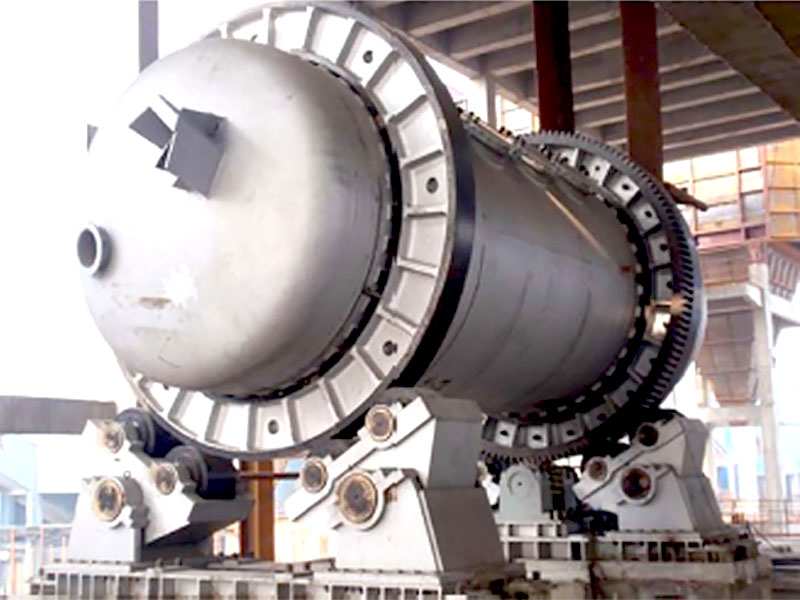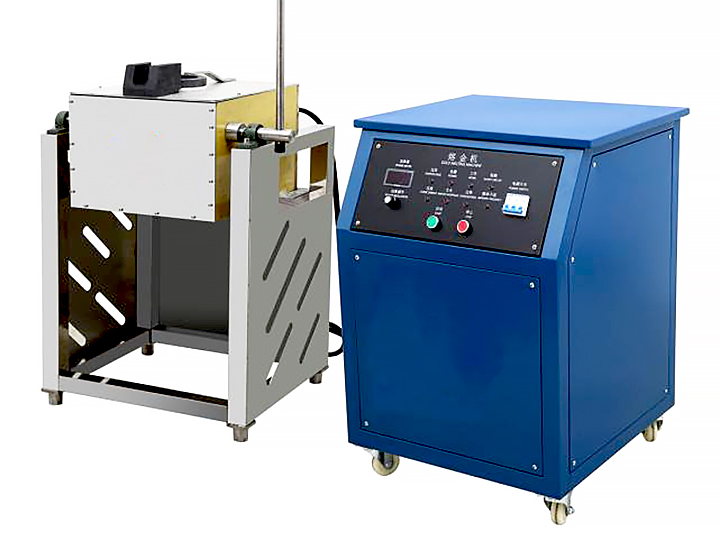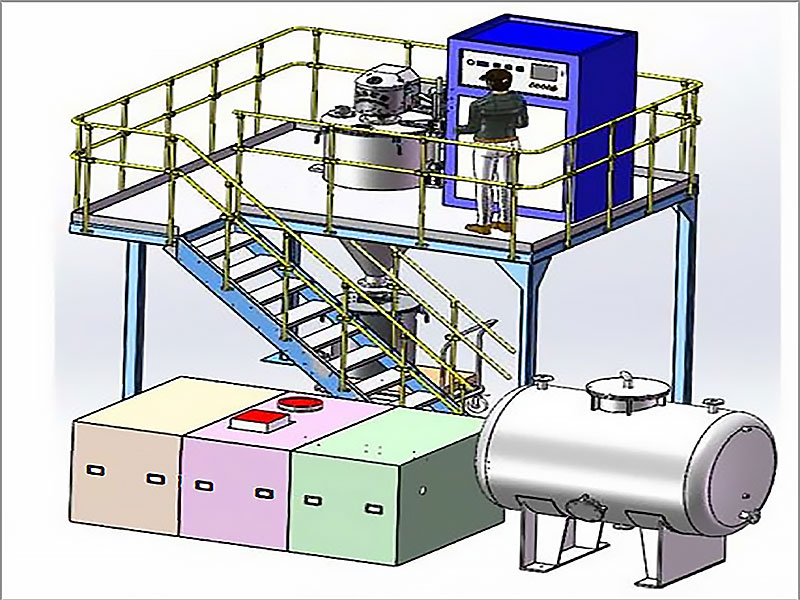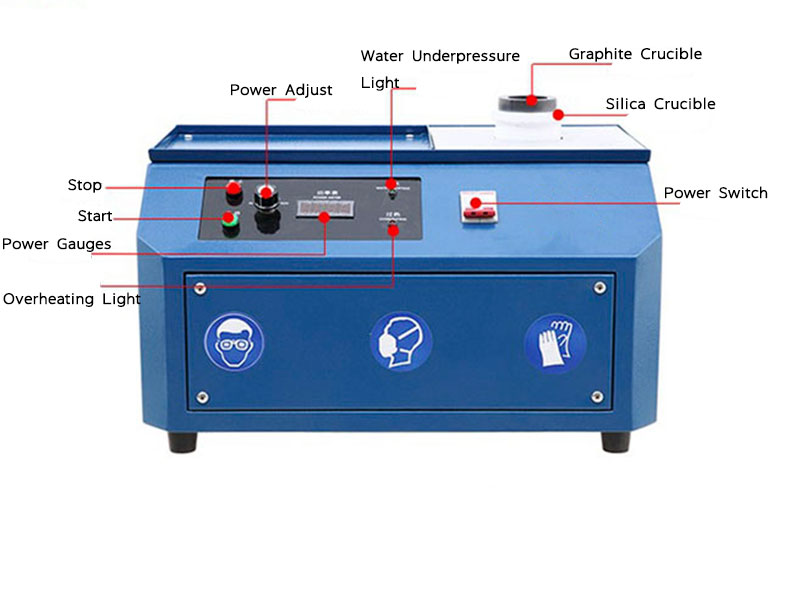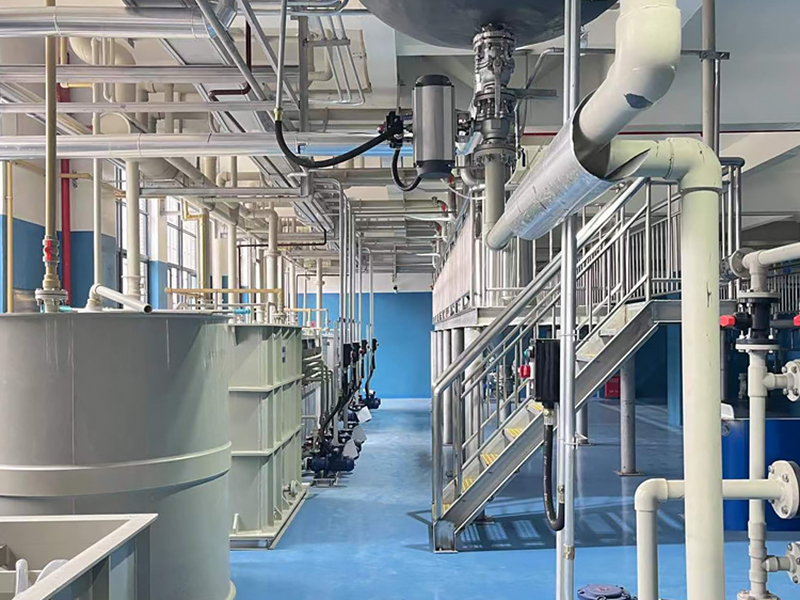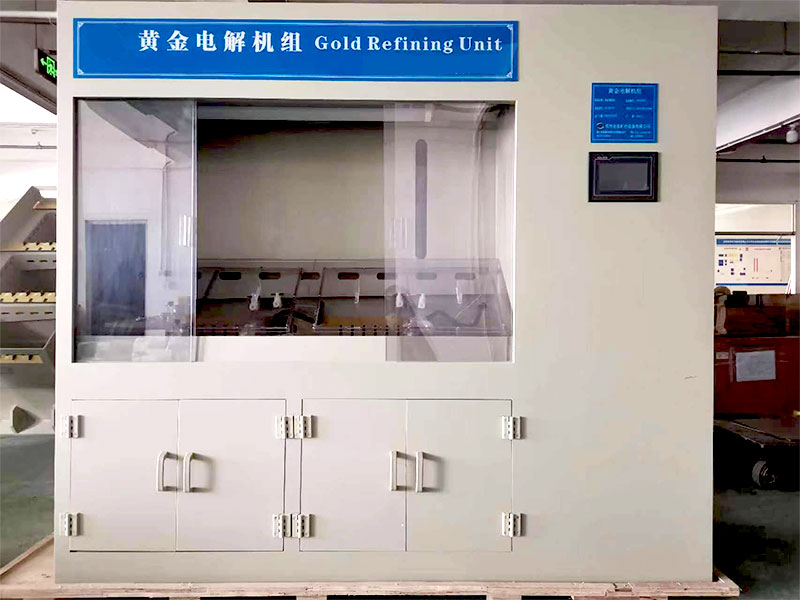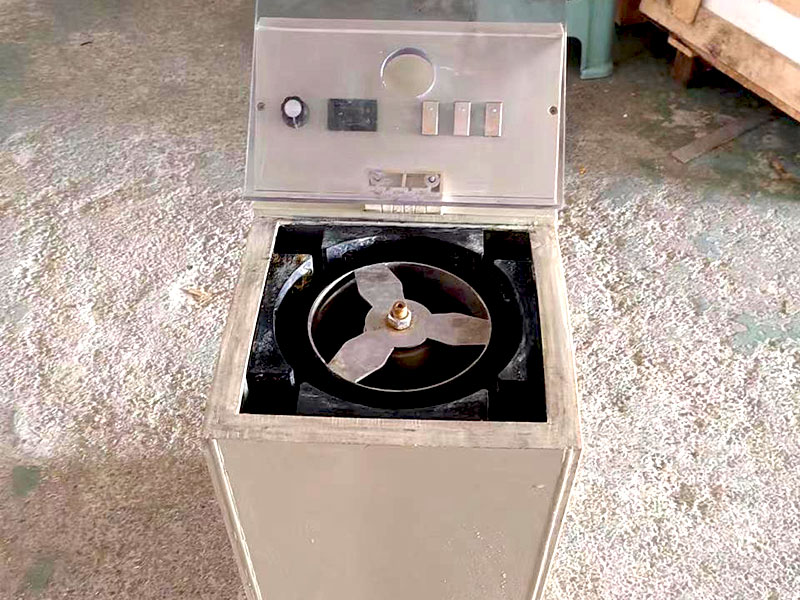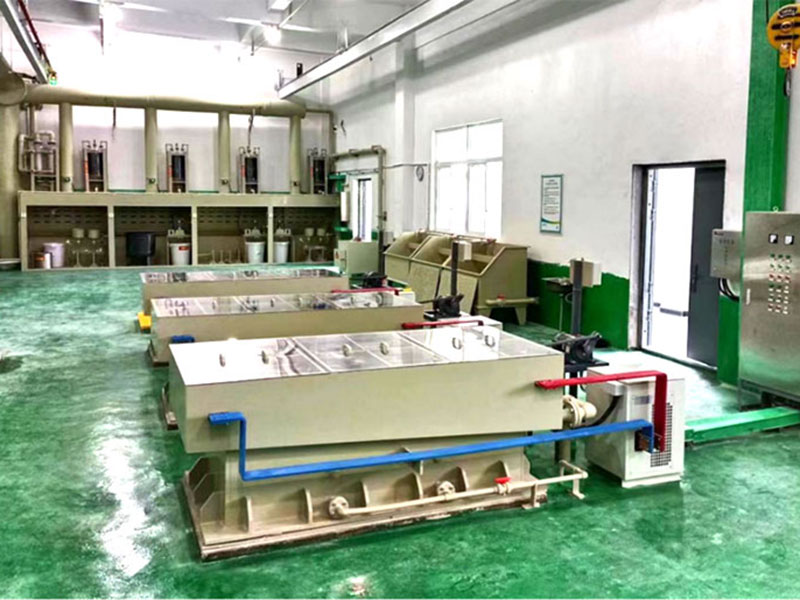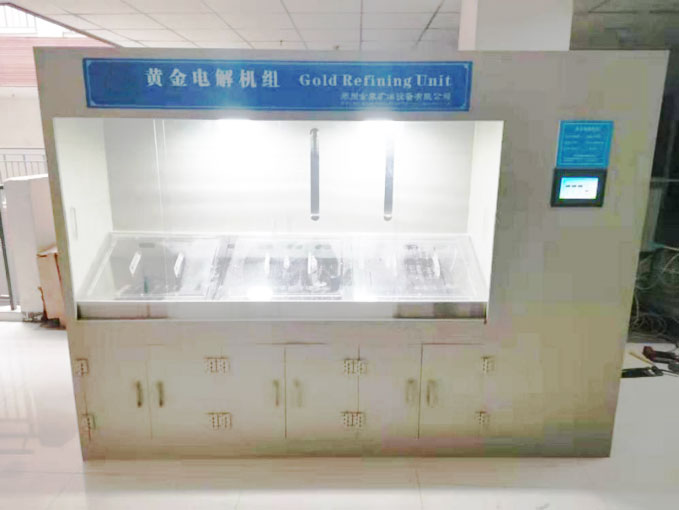Silver Refining Processes
Silver Refining Processes: Extracting Value with Precision
Silver refining processes play a pivotal role in transforming raw, impure silver into a high-purity form that meets industrial standards. This transformation not only enhances the metal’s value but also ensures its suitability for a wide range of applications, from electronics to jewelry. FRT Machinery, a leader in metallurgical equipment, offers advanced solutions designed to optimize these processes. Here’s an overview of the key steps involved in silver refining, emphasizing the technologies and methodologies that make this possible.


Silver Refining Processes: Pyrometallurgy
Pyrometallurgy, or fire refining, is one of the oldest methods used to purify silver. This process involves heating silver ore to extremely high temperatures—typically above its melting point—in the presence of fluxes such as silica or borax. These fluxes help to remove impurities by forming slag, which floats on top of the molten silver and can be easily separated. FRT Machinery provides robust furnaces capable of achieving the necessary temperatures while ensuring energy efficiency and safety.
During the pyrometallurgical stage, silver forms a dense liquid layer beneath the slag. Once cooled, the silver is further processed to remove any remaining impurities. Despite being an ancient technique, fire refining remains relevant today due to its effectiveness in handling large volumes of material.
Silver Refining Processes: Hydrometallurgy
Hydrometallurgy represents a more modern approach to silver refining, involving the use of aqueous solutions to extract and purify the metal. In this method, silver-bearing materials are treated with a leaching agent, usually cyanide or another chemical solution, which dissolves the silver. FRT Machinery’s specialized tanks and agitators ensure uniform contact between the leaching agent and the ore, maximizing extraction efficiency.

After leaching, the dissolved silver is recovered through precipitation or electrowinning techniques. Precipitation involves adding a reagent that causes the silver to precipitate out of solution, whereas electrowinning uses an electric current to deposit silver onto cathodes. Both methods result in higher purity levels compared to pyrometallurgy alone, making hydrometallurgy particularly suitable for producing silver with specific purity requirements.
Silver Refining Processes: Electrolytic Refining
Electrolytic refining is a critical step in achieving ultra-high purity levels in silver refining processes. This technique involves placing impure silver anodes in an electrolyte bath, typically consisting of silver nitrate or another suitable salt. When an electric current is passed through the bath, pure silver ions migrate to the cathode, where they are deposited as a fine layer. Impurities either remain in solution or collect at the bottom of the tank as sludge.
FRT Machinery designs and manufactures custom electrolytic cells optimized for silver refining, featuring adjustable parameters such as current density and temperature control. These adjustments allow operators to fine-tune the process for maximum efficiency and product quality. The result is silver with a purity level exceeding 99.9%, ideal for applications requiring the highest standards of purity.
Silver Refining Processes: Chemical Refining
Chemical refining techniques are employed when even higher purity levels are required or when dealing with smaller quantities of silver. These processes often involve treating the metal with strong acids or bases to selectively dissolve away contaminants. For instance, nitric acid treatment can effectively remove most base metals from silver without significantly affecting the silver itself.
FRT Machinery offers a range of chemical treatment systems that automate these processes, ensuring consistent results and minimal operator intervention. Advanced filtration and precipitation steps follow the initial treatment to isolate the refined silver. This method is particularly useful for refining silver recovered from electronic waste or other secondary sources, contributing to sustainable resource management practices.
Silver Refining Processes: Environmental Considerations
While focusing on enhancing the efficiency and effectiveness of silver refining processes, it’s equally important to consider their environmental impact. Many traditional refining methods generate hazardous waste products that require careful management. FRT Machinery addresses these concerns by integrating pollution control technologies into its refining equipment.
For example, scrubbers and filters are incorporated into exhaust systems to capture toxic gases like hydrogen sulfide, which is often released during smelting operations. Similarly, wastewater treatment facilities treat process water before discharge, ensuring compliance with environmental regulations. By adopting such measures, FRT Machinery helps clients maintain operational excellence while minimizing ecological footprint.
Conclusion
The journey from raw silver ore to high-purity silver involves a series of sophisticated silver refining processes, each designed to progressively purify the metal. Whether through time-tested methods like pyrometallurgy or cutting-edge techniques such as electrolytic refining, FRT Machinery provides comprehensive solutions tailored to meet diverse refining needs. With a commitment to innovation and sustainability, FRT Machinery continues to push the boundaries of what’s possible in silver refining, supporting industries worldwide in their pursuit of excellence.

